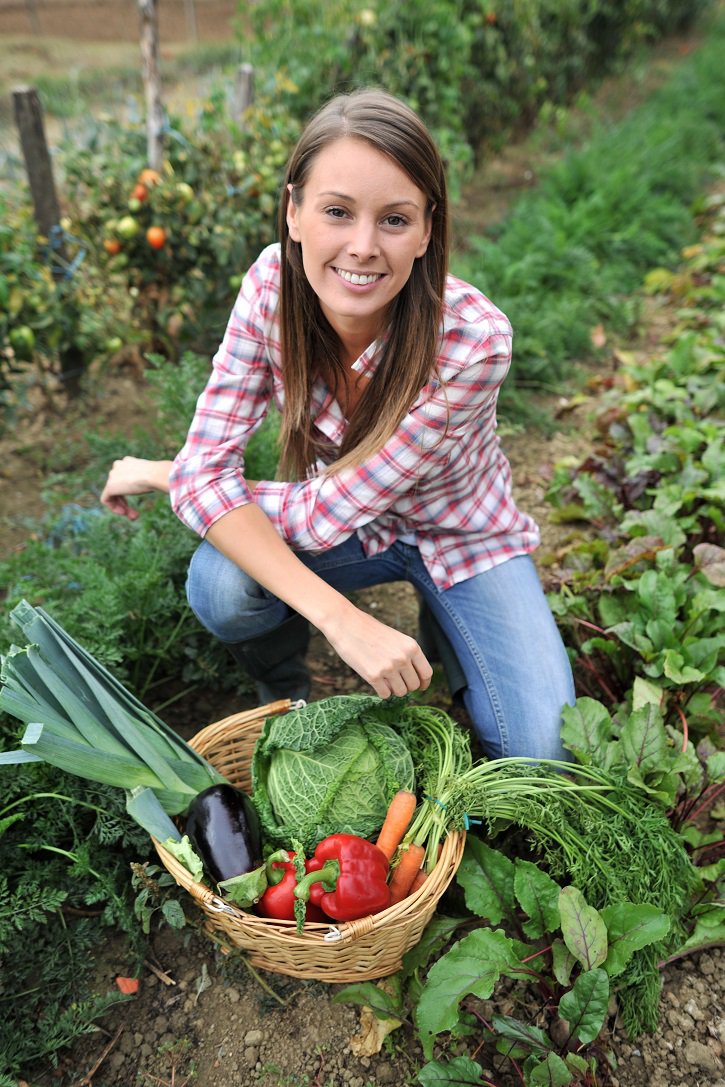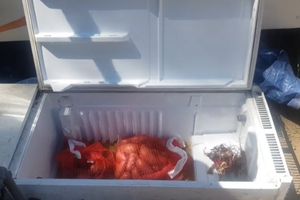Coyotes are wiry, savvy and widespread across the American landscape. Once residents of the plains and deserts, these crafty canines have keenly adapted to modern infrastructure and are now found in nearly every state and city in North America. These scrappy omnivores will eat nearly anything—rodents, rabbits, snakes, small livestock, fruit, neighborhood garbage … and, of course, your chickens.
Coyotes are smaller than wolves and can be mistaken for domestic dogs, albeit on the skinny side. They’re very clever, as Native American folklore suggests, and they tend to form packs in the winter for easy hunting. However, it’s rather common to see individuals wandering and hunting solo or in pairs. Coyotes have a sharp sense of smell, great vision and can run up to 40 miles per hour.
Coyote Calling Card
Even if you live in a densely populated suburban neighborhood, don’t rule out a coyote in the event of an attack on your flock. Truth be told, it can be rather difficult to distinguish between a coyote attack, a fox attack or a wolf attack.
Your first clue, of course, will be which animals likely reside in your region of the country. If you notice some of the signs below following an attack, a coyote could be considered the culprit:
- missing chickens
- scattered feathers
- very few clues of an attack
- early morning attack (although coyotes may strike either day or night)
- weak, old, sick or slow birds taken first
- broken necks (Coyotes and other canines prefer to break the neck of the prey first, but they will grab any part of the chicken they can reach and make off with the whole bird.)
 Chris/Adobe Stock
Chris/Adobe Stock
Your Flock’s Defenses
Coyotes are known for digging under fences as well as scaling over them. The best defense for outdoor runs and enclosures is to erect tall, strong fences and bury heavy-duty wire mesh at least 1 foot into the ground around the run’s perimeter. Hardware cloth, not chicken wire, is recommended for coyote protection.
If you prefer not to dig around the perimeter, you may instead choose to fan out the wire mesh (also about a length of 1 foot) in an apron around the base of the enclosure’s fencing. Electric net fencing (the kind with smaller openings, rather than three continuous strands) also works well to protect pastured birds from coyotes if used intermittently.
If used daily, a coyote may learn ways to get around the fencing, jump over it, or learn the times of day when it’s not “hot.”
Read more: Here are some tips for protecting your flock against common predators.
Fearless Fox
The fox is the quintessential chicken killer. Sly, smart and savvy, foxes will assess an area before striking and will do so only after they know the coast is clear of humans and other guardians (such as guard dogs)….










 Root Cellar: An old fridge can be converted into a root cellar to store fruits and vegetables. Simply add a layer of sand on the bottom and cover it with a thick layer of straw.
Root Cellar: An old fridge can be converted into a root cellar to store fruits and vegetables. Simply add a layer of sand on the bottom and cover it with a thick layer of straw.





